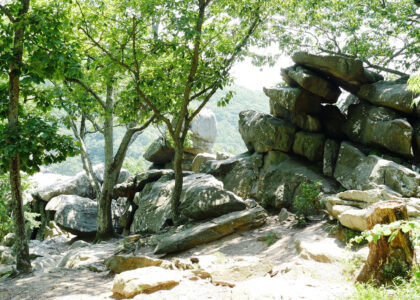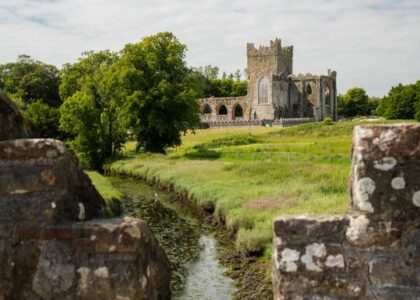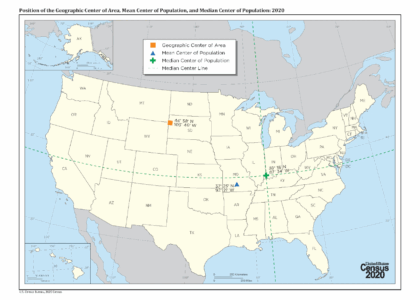As you journey through the stunning landscapes of southwestern Montana, the Big Hole River unfolds before you, a living tapestry of history, nature, and culture. Spanning 153 miles, this river is not just a watercourse; it’s a conduit through time.
Let’s cast our minds back to a time when the land was new to European settlers. The Big Hole River, known to the Montana Salish as ‘Sk͏ʷumcné Sewɫk͏ʷs’ or ‘waters of the pocket gopher,’ was already a vital lifeline for Native American tribes such as the Nez Perce, Shoshone, and Salish. These tribes relied on the river for water, transportation, and sustenance, with its rich ecosystem providing bountiful fish and game.
The river’s history took a dramatic turn in the early 19th century with the arrival of fur traders and explorers. Among them were the famous Lewis and Clark, who in 1805 considered navigating this sparkling stream, which they dubbed the ‘Wisdom River.’ However, they ultimately chose the Beaverhead River for their expedition. The Big Hole soon became a hub for trappers, with companies like the Hudson’s Bay Company and the American Fur Company setting up operations. This influx marked the beginning of significant ecological changes, as intensive beaver trapping altered the landscape.
The river’s story continued to evolve with the arrival of miners and homesteaders in the mid-1800s. The fertile valleys along the Big Hole became an agricultural heartland, with ranchers raising cattle and growing crops. Innovations such as the ‘beaverslide’ hay-stacker, patented in 1910, revolutionized hay farming, supporting the thriving cattle industry.
Yet, the river’s history is not just one of economic development. It is also a site of profound cultural and historical significance. In August 1877, the Nez Perce War brought tragedy to its banks. The Battle of the Big Hole, a fierce conflict between the Nez Perce tribe, led by the iconic Chief Joseph, and U.S. troops, unfolded near the river. Today, the Big Hole National Battlefield stands as a solemn reminder of this turbulent past, honoring those who fought and fell.
As the 20th century dawned, the Big Hole River began to garner fame for its exceptional trout fishing, attracting anglers from far and wide. This shift towards recreation heralded a new chapter, with conservation efforts emerging to protect its unique habitat. The river is now the last stronghold in the contiguous United States for the native fluvial Arctic grayling, a testament to successful conservation endeavors.
Today, the Big Hole River is a treasured natural resource, offering not only a glimpse into the past but also a vibrant present. Its waters, once a battlefield, now flow peacefully, nurturing ecosystems and inspiring those who visit. Whether you’re casting a line in its clear waters or walking its storied banks, the Big Hole River invites you to connect with the rich tapestry of history and nature it represents.






